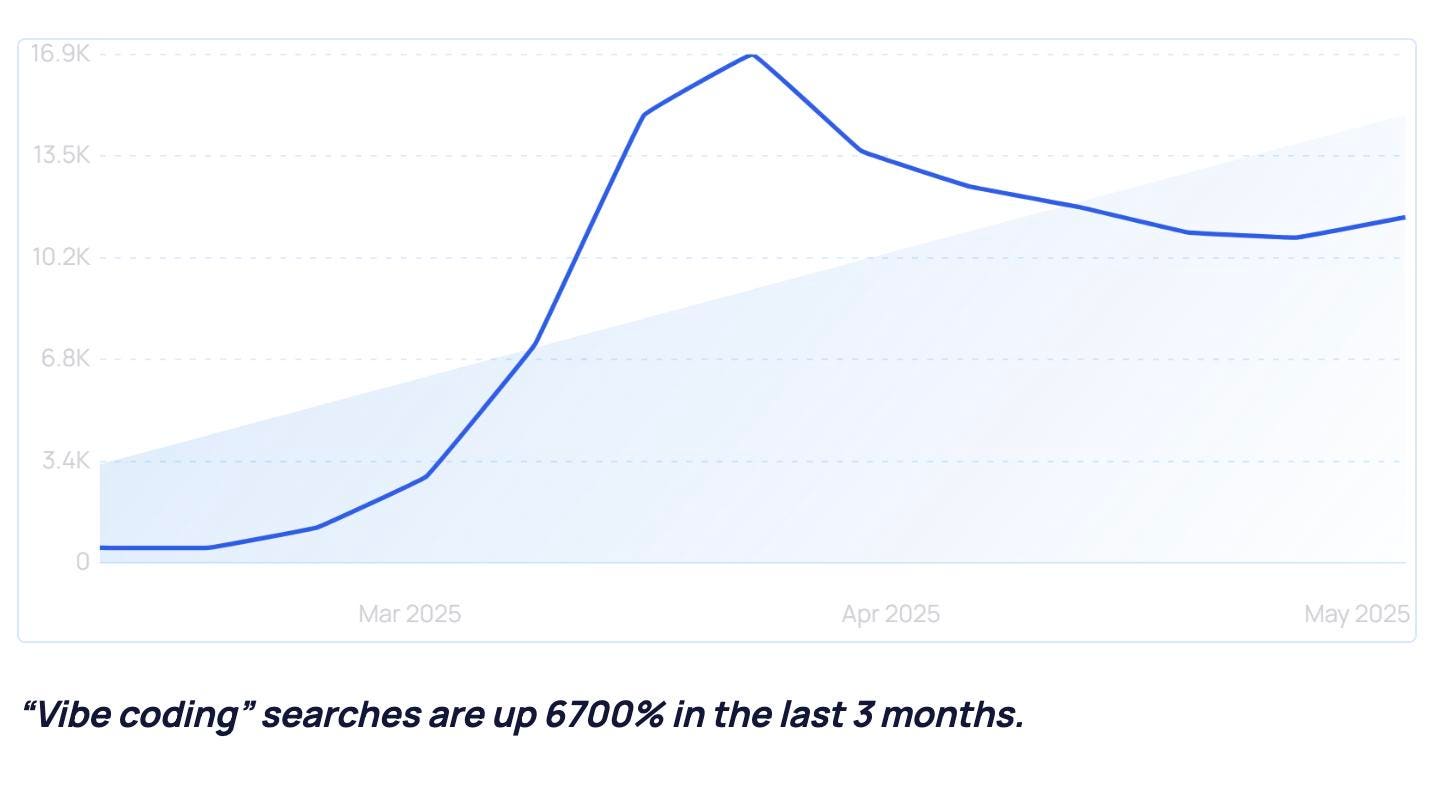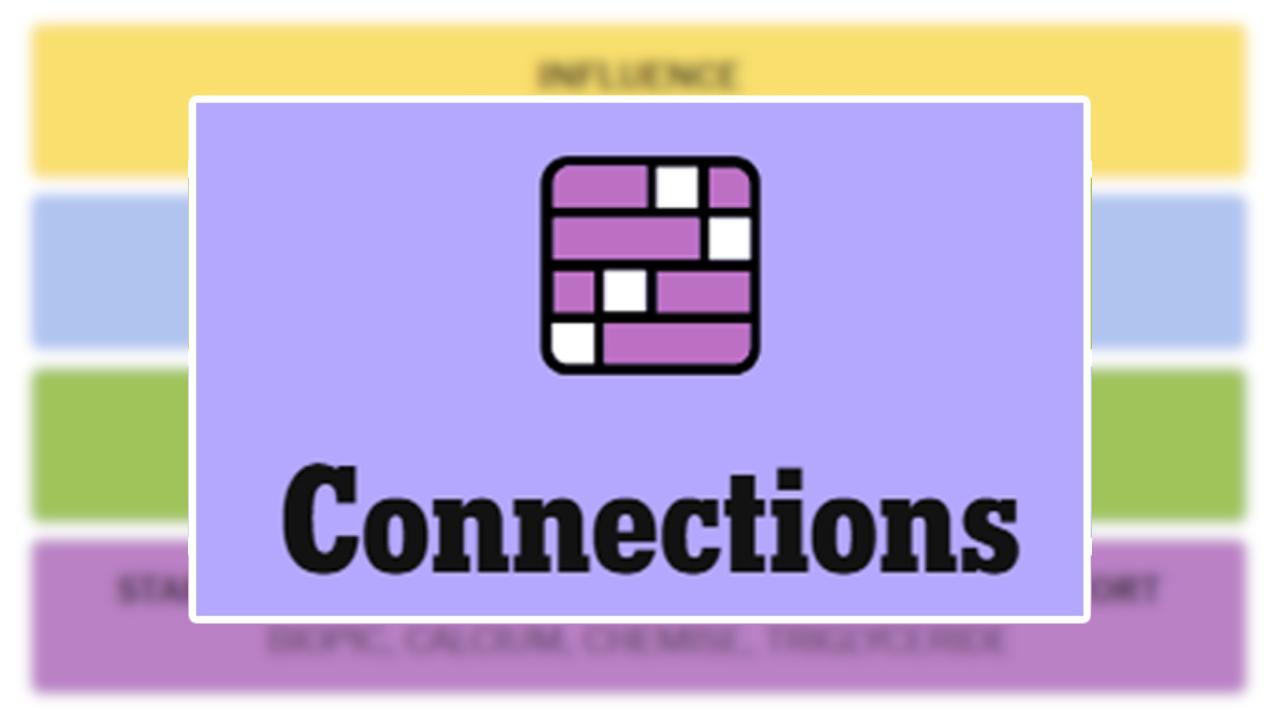Basic Needs paper sign
Many people think of college students as young adults living on campus and focused on developmental concerns, such as establishing new friends, feeling homesick, and academic pressure. Indeed, many campus support services are designed to fit these perceptions. For example, a 2024 report on Forbes.com outlined how many campus counseling centers were traditionally designed to treat developmental stress. However, because more students are now entering college with significant clinical concerns, new models of campus counseling are needed in the field of college mental health. Likewise, to better promote student wellbeing on a national scale, there needs to be a shift in the mainstream perceptions about who college students are and what their needs might be.
The New Majority Of College Students
According to a report last month on Forbes.com, non-traditional students are the new majority of learners within higher education. Highlights from this report indicated that 40.2% of college students were older than 22, 39.1% had children, and 69.3% had jobs. Furthermore, a 2025 report by Inside Higher Ed outlined a national survey of student basic needs from 91 institutions across 16 states. This survey was conducted by The Hope Center for Student Basic Needs, which is a research action center that guides policies and helps colleges and universities address basic needs insecurities on campuses. The survey found that 59% of students experienced at least one form of basic need insecurity, such as food or housing, and that this number increased to 73% when the definition of basic needs included mental health care, childcare, transportation or internet and technology access.
Dr. Sara Abelson is The Senior Director of Training and Education at The Hope Center and a faculty member at Temple University. According to Abelson, there’s a significant association between mental health challenges and basic needs. She stated, “It’s important to acknowledge that mental health is also a basic need, and one that is impacted by other basic needs.” According to Abelson, many students who lack essential resources become stressed and anxious, which can trigger mental health challenges like depression. Conversely, mental health symptoms can hinder a student’s abilities to secure basic needs.
Basic Needs For The New Majority Of College Students
Rising tuition costs pose significant challenges for many college students, but it’s important to note that many schools cannot randomly decide how much tuition will cost. A 2015 report on Govtech.com outlined various factors that determine how much a school’s tuition will cost. Some of these factors include annual changes in the general consumer price index, if the state collects sales or income taxes, instructional expenditures, and how much discretionary spending a state legislature has. Furthermore, many schools are making attempts to curb the rise in tuition costs. For example, according to another 2025 report by Inside Higher Ed, tuition discounts are at an all-time high amongst private schools.
According to Abelson, many students in the new majority face multiple financial barriers. She said, “It’s not just the cost of college that is increasing but living costs across the board.” In addition to inflation, a 2025 report by NPR.com outlined changes to federal funding support for college students. Furthermore, many non-traditional students have lingering financial and family obligations. As Abelson pointed out, “They are working. They are caregiving. They are commuting. And far too many are struggling to afford food, housing, transportation, and mental health care while trying to graduate into a world increasingly stacked against them.”
The Importance Of Addressing Students’ Basic Needs
Basic needs insecurities are related to poor academic outcomes, such as lower GPAs, credit achievement, completion rates, and retention rates. Some might argue that students should not enroll in college unless their basic needs are already met; however, Abelson argued that meeting students’ basic needs benefits society because it reduces the number of individuals on public benefits and/or involved in the community health care system. She stated, “Most students with college degrees also break cycles of poverty and become healthier residents.”
Furthermore, Abelson argued that the infrastructure of higher education can improve the efficiency and utilization of established government assistance programs. She stated that many individuals who are eligible for public benefits do not know how to access services, but that college campuses can serve as navigation hubs, even for community members, to address this gap. In addition, she reported that informed policies, such as allowing college enrollment to meet the work requirements in public benefits programs, can increase the utilization of dedicated government funding. Abelson’s comments were consistent with the report on Forbes.com, which argued that the infrastructure of higher education can be a low-cost service delivery model for mental health in America.
Colleges and universities can partner with The Hope Center to collect data and develop systematic ways to address basic need insecurities on their campuses. A 2025 report on The Hope Center’s website outlined how these partnerships can work. Abelson argued that since many students face multiple types of basic needs insecurities, schools need to prioritize holistic approaches while addressing the mental health and basic needs of students. She commented, “Mental health challenges do not exist in isolation; any solutions must address the close link between mental and behavioral health challenges and financial or material basic needs insecurity.”









